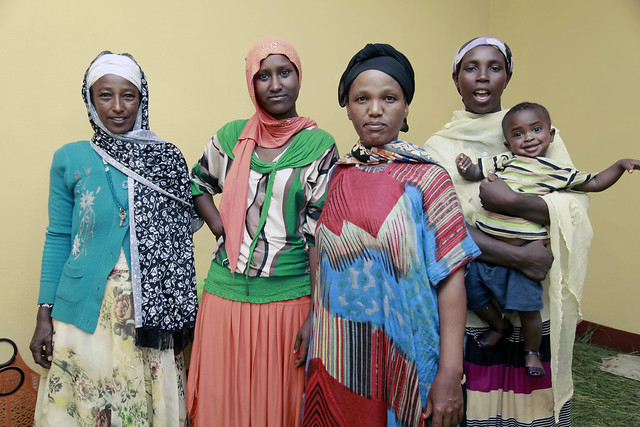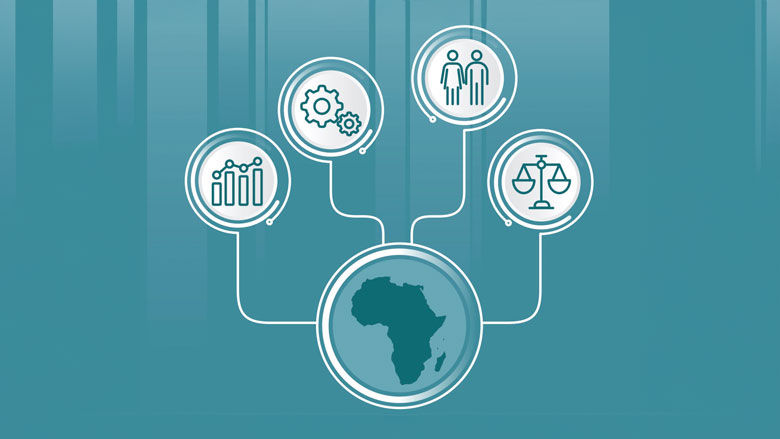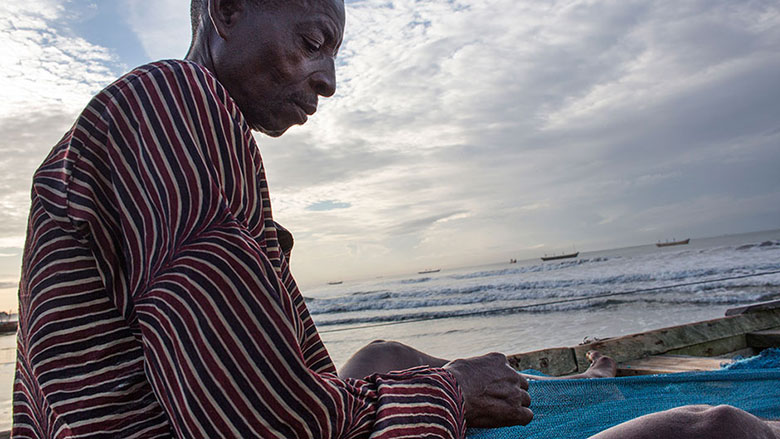With about 132.1 million people (2024), Ethiopia is the second most populous nation in Africa after Nigeria, and one of the fastest-growing economies in the region, with an estimated 8.1% growth in FY2023/24. However, it also remains one of the poorest, with a per capita gross national income of $1,020.
Economy
Ethiopia's state-led development model improved infrastructure and living standards. Outcomes include expanding nearby potable water access to 60 million more people, doubling electricity access, and a 64% increase in child vaccinations. Between 2004 and 2016, these advances helped reduce the poverty rate from 39% to 24%, but the model relied on overvalued currency, unsustainable debt, and regulations that limited private investment. The approach hurt competitiveness, fueled inflation, and drained resources. It did not boost productivity enough to transform the economy or provide jobs for 1.8 million new job seekers annually, and poverty increased between 2016 and 2021 from 27 to 32%.
Human capital levels have stayed low, and 70% of the workforce depends on agriculture. Global trade integration remains limited, and growing budget constraints reduced social and capital spending. Multiple crises (war in Ukraine, Tigray conflict, droughts, economic imbalances) led to a debt default in 2023. Living standards deteriorated further amid double-digit inflation, and the Tigray conflict displaced 3 million people, resulting in large humanitarian and reconstruction needs ($20 billion). About 15 million people are still reliant on food aid.
The government embarked on comprehensive macroeconomic reform in July 2024, shifting to market-determined exchange rates, removing selected current account restrictions, and introducing a new interest-rate based monetary policy framework. Reforms are supported by IMF and World Bank financing, and G-20 debt relief. While the official and parallel exchange rate spread has narrowed from over 100% to under 10% currently, occasional spikes persist with market inefficiencies, including surrender requirement on exporters incentivizing continued use of the parallel market. Ethiopia needs to sustain reforms to translate economic improvements into tangible benefits for people: higher earnings, more productive jobs, and better public services.
Last Updated: Oct 10, 2025








